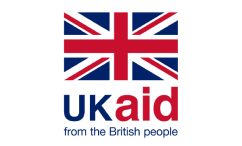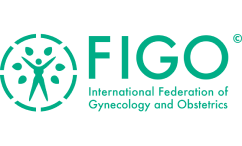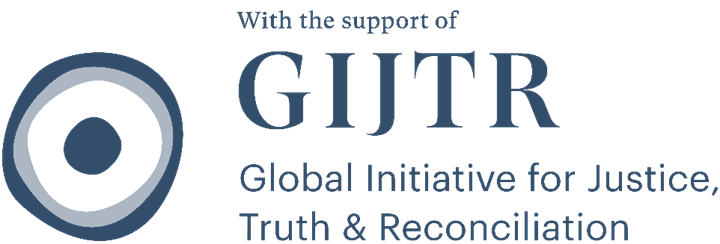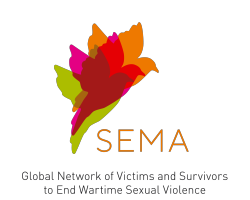...18(3), States must ensure the protection of the rights of children. The Commission has noted that sexual violence against children includes the sexual abuse and exploitation of children, ‘as well as child prostitution, using children in pornographic activities and scenes or publications, and producing, disseminating, broadcasting, importing, exporting, offering, selling or possessing pornographic materials involving children’.61 There should be a presumption of absence of consent from minors who have not reached the age of sexual consent,......of a parent, legal guardian, school authority or any other carer. Further, under article 27, States must protect children from all forms of sexual exploitation and sexual abuse and, in particular, take measures to prevent; The inducement, coercion or encouragement of a child to engage in any sexual activity; The use of children in prostitution or other sexual practices; The use of children in pornographic activities, performances and materials. Migrants. Under article 5, States Parties must......to decide ‘whether to have children, the number of children and the spacing of children’; The right to choose ‘any method of contraception’; The right to self-protection and to be ‘protected against sexually transmitted infections, including HIV/AIDS’; The right to be informed on their health status and on the health status of their partner, ‘in accordance with internationally recognised standards and best practices’; The right to have ‘family planning education’. States should make such education......which should not be below 16 years.62 Under the African Charter on the Rights and Welfare of the Child (African Child Charter), States must comply with the rules of IHL in armed conflict that affect children63 and ensure their protection and care.64 Under article 16 of the African Child Charter, States must take specific legislative, administrative, social, and educational measures to protect children from all forms of torture and ill-treatment while they are in the care......these services.100 Social support. States should aid victims/survivors in achieving autonomy by facilitating access to: (New) housing; Care services for their children, including access to daily supervision, education and healthcare, especially for children born from rape; Access to financial assistance; and Assistance in returning to or obtaining work.101 States should work with civil society organisations, private sector stakeholders and technical partners to help victims/survivors of sexual violence regain control of their lives, including by assisting them...
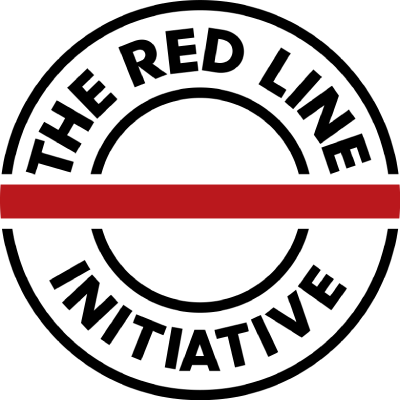
 EN
EN FR
FR ES
ES UK
UK
